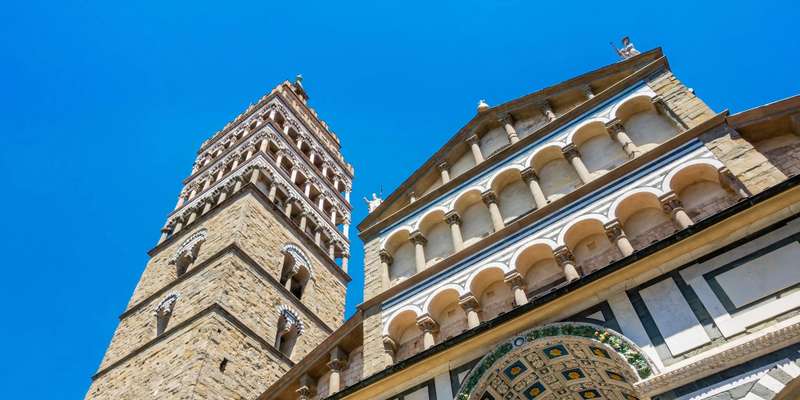- Home
- Useful Tips
- Pistoia's traditional festivals...
Exploring Pistoia's traditional festivals can feel overwhelming for travelers seeking authentic culinary experiences. With over 70% of visitors reporting they've accidentally attended tourist-oriented events that lack genuine local character, the frustration is real. You want to taste the real Pistoia – the handmade tortelli, the slow-cooked wild boar stews, the centuries-old recipes passed down through generations. But between confusing event schedules, crowded piazzas, and language barriers, it's easy to miss the truly special moments where locals celebrate their food heritage. The disappointment of settling for reheated street food when you could have witnessed nonna rolling fresh pasta is palpable. This guide cuts through the noise to help you experience Pistoia's gastronomic soul.


Navigating Pistoia's festival calendar like a local
Pistoia's festival calendar follows agricultural rhythms most tourists miss. The key is understanding that authentic food celebrations cluster around harvest seasons and religious feast days. September's Sagra del Cinghiale (Wild Boar Festival) in Collodi attracts serious foodies, while July's Pistoia Blues Festival surprisingly features incredible porchetta stands between concerts. Locals know to arrive early for the best selections – by noon, the most prized dishes often sell out. Watch for handwritten signs pointing to 'sagre' in nearby villages; these small-town gatherings frequently offer the most memorable meals. Church bulletins and butcher shop chalkboards often list hyper-local events you won't find online. Remember that many authentic festivals operate on 'Italian time' – scheduled 8pm dinners might actually start at 9:30pm when the entire village finishes their passeggiata.
Ordering festival food without embarrassing mistakes
The etiquette at Pistoia's food festivals differs significantly from restaurant dining. Most stalls operate on a ticket (gettone) system – you'll need to purchase paper tickets at the entrance booth before approaching food vendors. This preserves the communal atmosphere while keeping lines moving. Don't make the common tourist error of asking for modifications; these are prideful family recipes served as intended. Instead, observe what locals are ordering – if everyone's queueing for the trippa (tripe) stand, there's a reason. Portion sizes follow traditional Italian sequencing: a small primo (like handmade pappardelle), followed by a meat-focused secondo with contorni (sides). Save room for the dolci tent where nonnas serve biscotti di Prato perfect for dipping in vin santo. Pro tip: Carry small euro coins for wine purchases – many vineyards sell excellent local varieties by the glass from unmarked barrels.
Hidden gem festivals beyond the tourist brochures
While the well-known Pistoia Underground food tours draw crowds, the region's most magical culinary experiences happen at obscure sagre in the surrounding countryside. The Festa della Polenta in Serravalle Pistoiese each February transforms the medieval hilltown into one enormous polenta feast, with locals stirring massive copper pots over open fires. In April, the tiny village of Marliana hosts a remarkable Festa del Tortello showcasing 12 distinct regional pasta shapes you won't find in restaurants. For adventurous eaters, October's Rificolona in San Marcello features rare mountain specialties like trout from the Lima River and chestnut flour dishes. These events typically lack English signage, so download offline maps and look for handwritten posters with dates preceded by 'domenica' (Sunday) – the traditional day for village festivals. Arriving by 11am ensures parking and the full experience before afternoon siesta closures.
Bringing Pistoia's flavors home with you
The true test of a memorable food festival experience comes when you recreate those flavors at home. Before leaving any Pistoia festival, visit the artisan producers selling their wares – these small-batch vendors often don't ship internationally. Look for vacuum-sealed packets of zolfino beans (the tiny, buttery legumes unique to Tuscany) or jars of chestnut honey from the Apennines. Many festivals now offer cooking demonstrations where you can learn techniques like hand-rolling pasta dough the Pistoia way. If you've fallen in love with a particular dish, don't hesitate to ask the nonna serving it for advice – most are delighted to share simplified versions of their recipes. Local enotecas frequently host post-festival tastings where you can purchase the exact wines paired with your meal. For hard-to-find ingredients, the weekly Mercato del Groppone in Pistoia's Piazza della Sala offers everything from foraged mushrooms to heritage breed guanciale.
